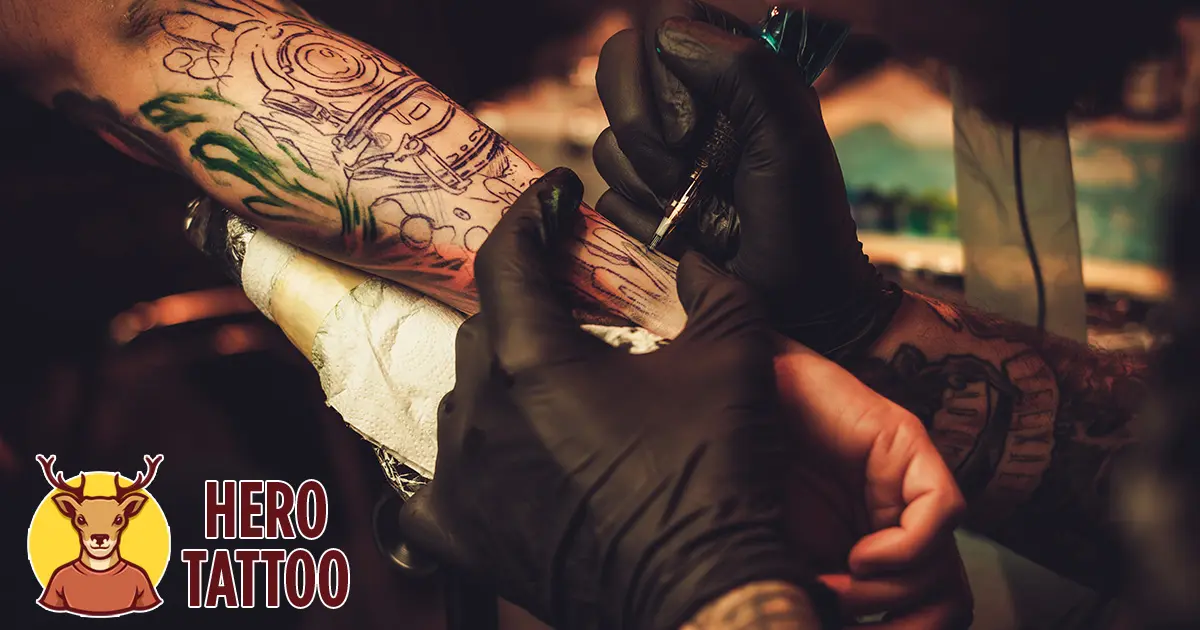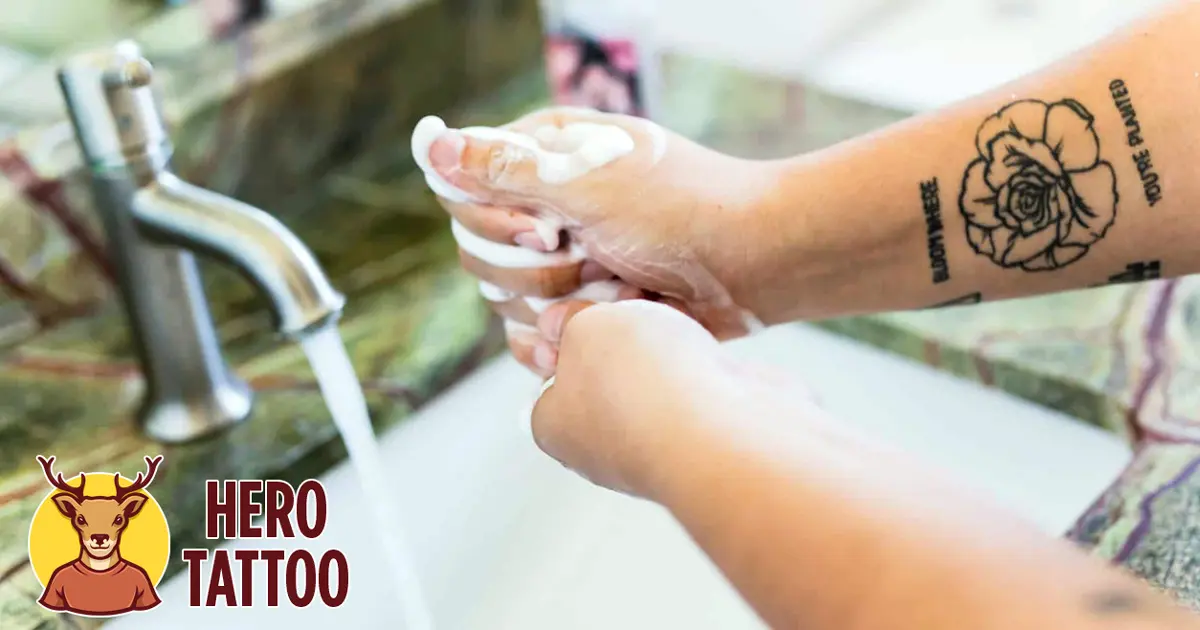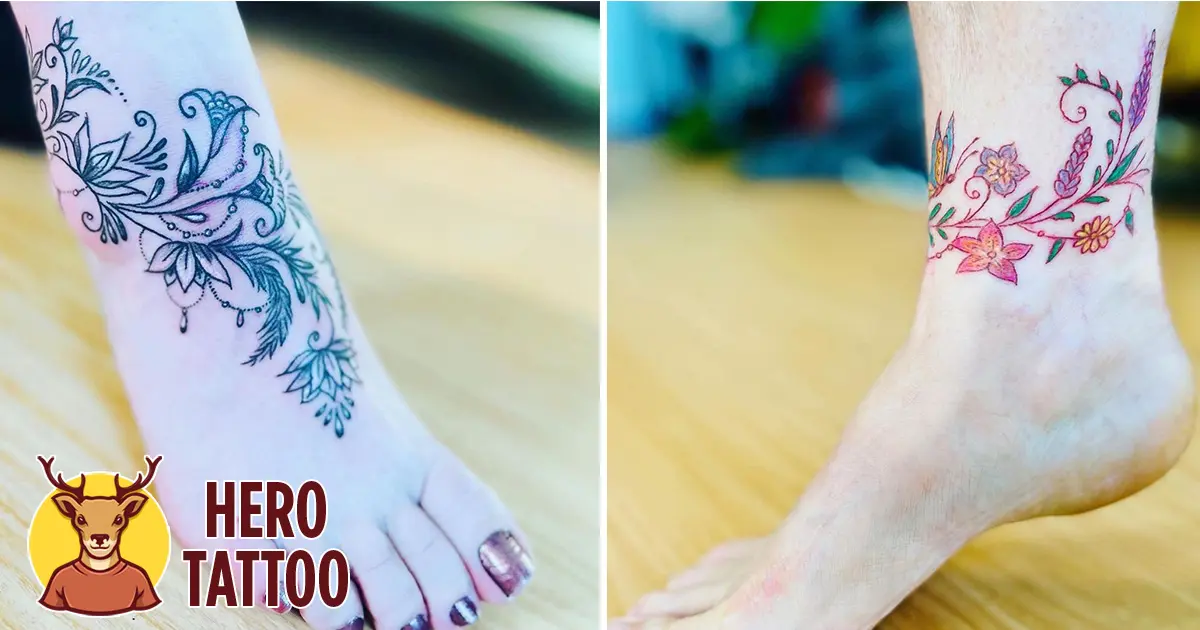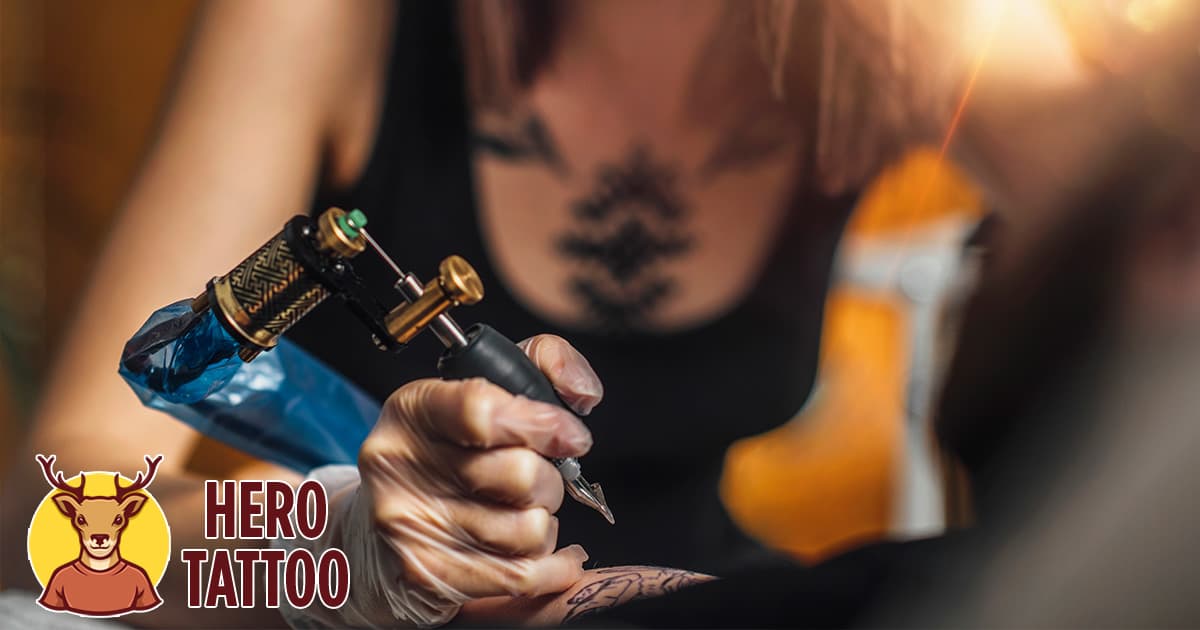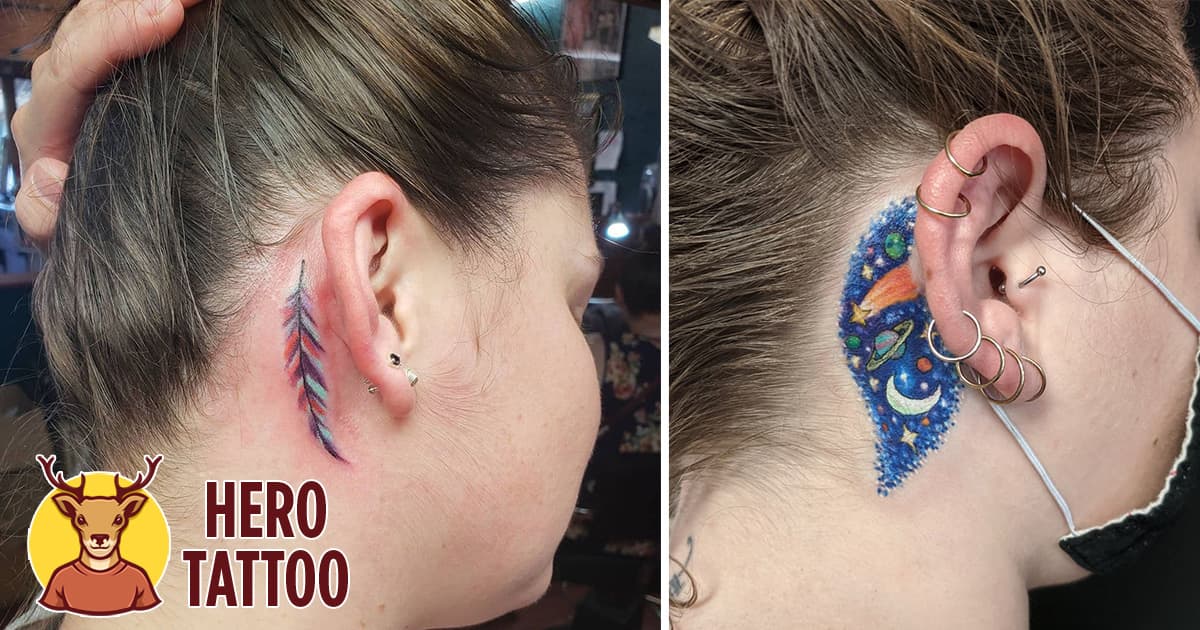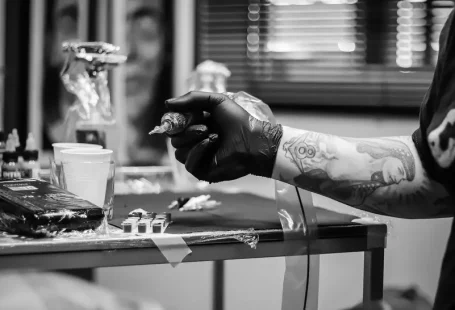If you get a tattoo, your tattoo adventure will last for the rest of your life. A tattoo is a permanent piece of body art that becomes a physical part of you. As a result, it requires the same level of attention as the rest of the body to remain in excellent condition throughout time.
Many people believe that once their tattoo has healed, they are through with it. This is not true. In contrast to the skin, tattoos can alter due to external or internal stimuli, just like the skin. Perhaps the tattoo will fade as a result of sun exposure, or it may lose pigment or form due to skin disorders, or it may simply fade as a result of skin ageing. Like any other part of our bodies, tattoos are subject to change and degeneration over time.
As a result, one may need to touch up their tattoos once or twice throughout their tattoo’s lifetime.
But, how can you tell whether your tattoo needs correction and improvement? What are the signs?
Following that, we’ll discuss the indicators that your tattoo needs altering and touching up, as well as other crucial components of tattoo touch-up that every tattoo lover should be familiar with.
When Do I Need a Tattoo Touch-Up, and How Do I Get One?
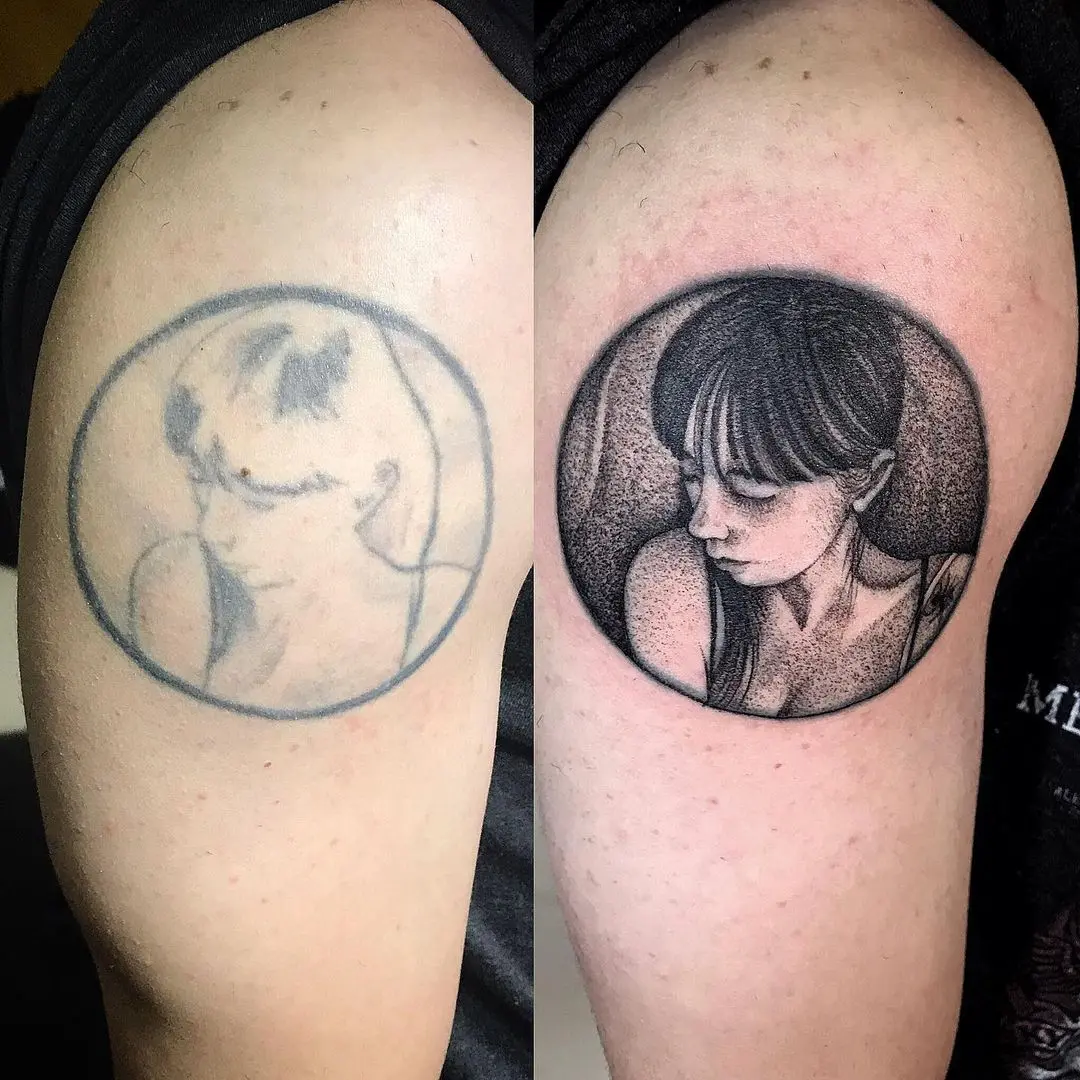
Overview in a Nutshell
- The tattoo had lost its vibrant colour and pigmentation from when it was first applied.
- The tattoo is placed in a high-friction, stretch-prone, and sweat-prone location on the body to maximize its effectiveness.
- The tattoo was infected with a virus.
- Because the ink was injected too profoundly into the skin, it spread.
- The tattoo has been there for a long time.
The tattoo is starting to fade
Most likely, if you’ve observed that the colour, vividness, and brightness of your tattoo have begun to fade or have already faded dramatically, it’s because it has begun to fade. This is a rather obvious indication that your tattoo needs a touch-up in most cases.
In order to brighten the most impacted tattoo sections in the instance of a fading tattoo, your tattoo artist will likely use the same ink pigment as the rest of the tattoo to cover the faded parts. This does not necessarily imply that they will redo the entire tattoo, only the most faded portions. Only a few touch-ups are required to restore the vibrancy and brightness of your tattoo to its original state.
Make sure to use sunscreen whenever the tattoo is exposed to the sun or UV rays to avoid such dramatic fading. You can also take good care of your tattoo by keeping it moisturized with a light lotion or simply by maintaining a healthy and hydrated lifestyle yourself.
The tattoo is located on a specific part of the body
When a tattoo is applied to the body in an area where there is a lot of friction and sweat, the tattoo’s color and contour may likely begin to fade.
In the case of a tattoo put on the hand, the ankle, the foot, the inner thigh, or any other visible, friction-prone, stretch-prone, and sweat-prone regions, the tattoo’s original form, vividness, lines, and general pigment will be lost with time.
Tattoos do not tolerate excessive friction, wetness, or skin strain. As a result of all of these “bodily changes,” the tattoo responds by altering as well. It’s simply an inevitability. You can, however, restore the ink brightness and form of the tattoo (s) by touching up the ink on the tattoo (s).
Although the tattoo may continue to seem fresh for a short period after a touch-up, if the tattoo is not maintained correctly, it will begin to lose its brightness and form. As a result, be sure to use sunscreen, keep the tattoo clean (mainly if you sweat a lot), and dress in loose clothing to reduce skin contact friction.
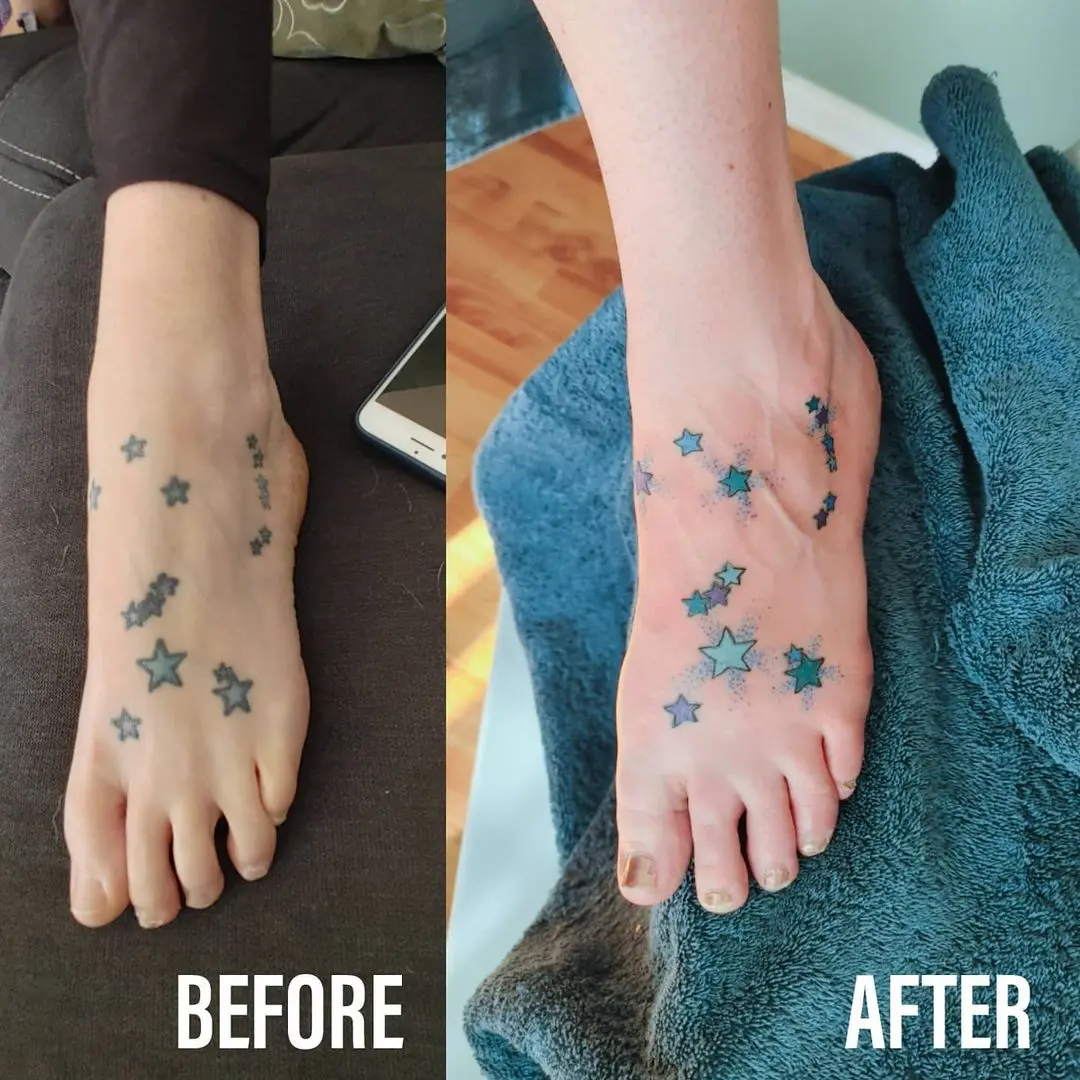
The tattoo was infected with a virus
It is not a myth that people are more likely than not to get tattoo infections for various reasons. Tattoo infection may develop for various reasons, from contaminated tattoo equipment to touching and removing the tattoo while it is healing. It can occur whenever microorganisms are introduced to the tattoo during the healing period.
Tattoo infections are uncomfortable, and they have a negative impact on the inked skin. The skin becomes bloated and red. It may even begin to bleed and drip ink at times, so you can imagine the amount of damage that can be done to the tattoo itself as a result of this.
On the other hand, bacterial infections can be cured and, owing to medicines and prompt treatment, they are unlikely to spread. But what happens once the tattoo remnants have healed completely?
There’s a good chance that you’d be an excellent candidate for a tattoo touch-up. To ensure that your skin is capable of withstanding the tattoo needle and receiving guidance on how to prevent the tattoo from becoming infected again, you should consult a dermatologist before proceeding with the touch-up procedure itself.
Tattoo Blowing Out and Ink Spilling are both common occurrences
When a tattoo is done correctly, the ink is deposited into the dermis, the layer of skin beneath the epidermis. While it is true that a tattoo done by an inexperienced or unprofessional tattoo artist will cause the ink to be inserted deeper into the skin layers, it will not be able to stay in place.
As a result, the ink spreads outside the tattoo lines throughout the healing process, giving the tattoo a smudged appearance that is unattractive. This procedure is referred to as a “tattoo blowout.”
On the other hand, a touch-up may correct a blowout by adding a new design and expanding the lines of the tattoo to make it more visible. Most of the time, a tattoo blowout may be remedied by using partial tattoo fading or a tattoo cover-up. On the other hand, a basic touch-up may be sufficient if you do not like to go to such lengths with your tattoo.
Make sure that your touch-up is performed by a professional tattoo artist who is knowledgeable and dependable.
The tattoo is at least a decade old
Tattoos are known to undergo dramatic transformations as people get older. When you reach an advanced age, your tattoos begin to change as your skin loses elasticity and begins to stretch; some tattoos change immediately, while others change over time.
Tattoo ageing is perfectly normal and, in most cases, unavoidable in most cases. Specific measures can be taken to prevent tattoo ageing from occurring too early. Still, at some point, the power of time will triumph.
On the other hand, tattoo touch-ups are not impossible, even in this case. Touch-ups may be done successfully by a competent tattoo artist who understands how to work around skin texture and stretched skin, even though they are considerably more challenging to accomplish on aged skin.
It would be ideal to track down the original tattoo artist who tattooed you, but this is not always feasible in most circumstances. Given the amount of time that has elapsed, a great deal may have transpired with your tattooist. As a result, inquire around and get a new tattooist that is skilled and experienced. Take a look at your touch-up alternatives and see what you can come up with.
Tattoo Touch-Up: Additional Frequently Asked Questions
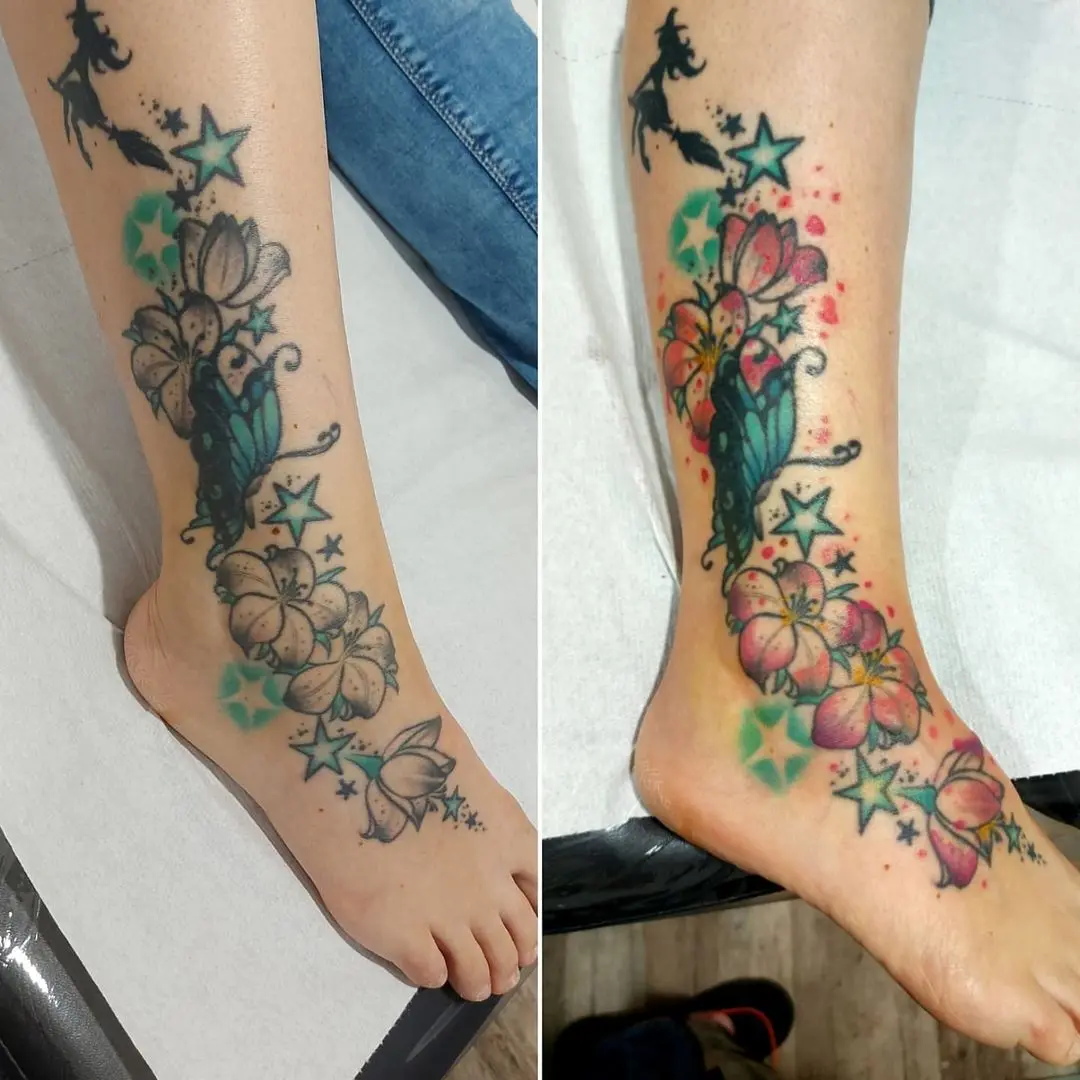
Is it expensive to touch up a tattoo?
You may be eligible for a free tattoo if you can get the tattoo touch-up done at the original tattoo artist’s shop. One of the reasons for this is that every tattoo artist stands behind their work.
However, don’t go into the meeting with the expectation that individuals will not bill their time if the job turns out to be more complicated than you anticipated. If the touch-ups are time-consuming and challenging to complete, you should anticipate the cost to rise dramatically. Furthermore, if a new tattoo artist performs the touch-up, you should expect to be charged for the service.
Tattoo touch-ups are priced starting at $50 for a tiny tattoo and increase in price based on the size and severity of the touch-up.
How long do I have to wait before getting a tattoo touch-up done?
Depending on the circumstances, you might expect to have your first tattoo touch-up anywhere between 6 and 12 months after receiving a fresh tattoo. Tattoo retouching is only possible once the tattoo has completely healed. Suppose you have an illness or an accident. In that case, you may have to wait more than 12 months for the skin to regenerate entirely and the body to properly rebuild its immune system after the incident occurs.
Aside from that, you can have your first touch-up between two and five years after getting a tattoo done. For five years, tattoo retouching is permitted for brighter tattoos or tattoos in unusual locations. Tattoos that are black or dark in color can last longer, depending on how well you’ve taken care of your ink.
Do Touch-Ups Cause Pain?
The procedure for doing a touch-up tattoo is the same as for doing a conventional tattoo. As a result, depending on how many touch-ups are necessary and where the tattoo is placed, you may endure mild to severe discomfort. Unfortunately, no touch-up will be painless, which is a shame.
The reality is that this differs from one individual to the next. Some people report substantially less pain during the touch-up session than with actual tattooing. In comparison, others report significantly greater pain during the touch-up session.
Knees, elbows, ribs/ribcage, feet, inner thighs, head, face, and other sensitive parts are the most painful touch-up locations. Generally speaking, bodily parts with thinner skin and more nerve endings are the most painful.
Do Touch-Ups Heal in the Same Way as Regular Tattoos?
Yes! Touch-ups heal in the same way as tattoos do, requiring the same maintenance. Because the ink is still being injected into your skin with a tattoo needle, the procedure of having a touch-up is very similar to that of obtaining a conventional tattoo.
Because touch-ups are often limited to tiny sections of a tattoo, some people may notice “faster healing.” A smaller surface area was impacted, which allowed the body to deal with the healing process considerably more effectively. However, in most cases, the procedure of touch-ups is the same as the process of getting a conventional tattoo.
Finally, remark that
To restore your tattoo’s original gloss and brightness, tattoo touch-ups are a quick and easy method of doing so. It is also an excellent method of concealing and correcting minor faults and blunders in the tattoo. Tattoo retouching can be done at any time after the tattoo has healed completely. To find out more about tattoo touch-ups, talk to your tattoo artist and find out your alternatives for getting a new tattoo.
